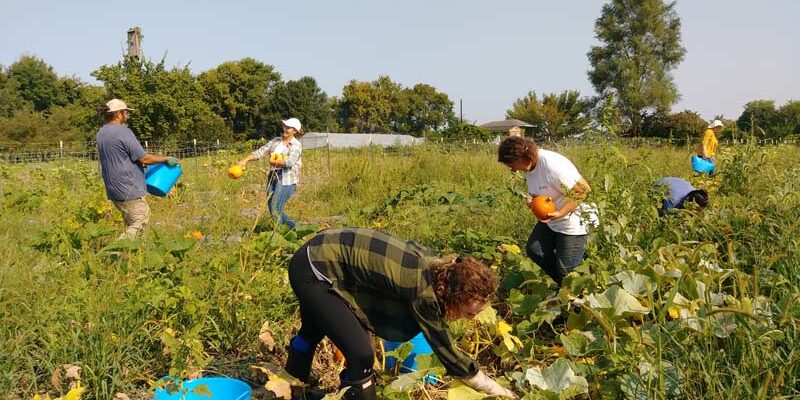Staying warm and reducing your carbon footprint
 Since we launched the Providence Climate Agreement earlier this year, more than 65 people/households have pledged to lower their thermostat from where they usually keep it in the winter. Many of those pledges were made during the warmth of summer, and now that there are snowflakes in the air, it may feel a little harder to follow-through. Here’s a little encouragement for why and how to take this step.
Since we launched the Providence Climate Agreement earlier this year, more than 65 people/households have pledged to lower their thermostat from where they usually keep it in the winter. Many of those pledges were made during the warmth of summer, and now that there are snowflakes in the air, it may feel a little harder to follow-through. Here’s a little encouragement for why and how to take this step.
On average, lowering your thermostat by just one degree Fahrenheit in the winter months will save 500 pounds of annual carbon dioxide emissions. Carbon dioxide emissions are one of the key contributors to climate change. While making personal lifestyle changes is just one way to reduce climate change (we also need to work on more systemic and institutional changes), small actions do add up. Have an even greater impact by encouraging a similar change in institutions you are a part of, for example your workplace, school, or faith community.
Turning the heat down doesn’t have to mean suffering in the winter! Health.com notes that it’s a common misconception that being cold makes you sick. Colds are caused by a virus, not cold weather. In cold weather we are more likely to be in close quarters with other people, which can help viruses spread. Staying indoors in dried out air can also exacerbate allergies and sinus problems, but it’s not being cold that’s at fault! Sleep experts also suggest that 60-67 degrees Fahrenheit is the ideal range for sleeping. During the day you can cozy up with layers or use space heaters to keep the area you are spending time in warmer than the rest of the house.
There are more ways to decrease the impact of your home heating on climate change than just changing the thermostat. Reduce the amount of heating you need to do by tracking down and sealing drafts and air leaks, putting up insulating curtains, installing a programmable thermostat, and improving the insulation in your house. Some of these little changes can cost little to nothing to do and save you significant money in heating costs. In addition to reducing the amount of heating you need to do, you can also reduce the impact of your heating on climate change by changing to a more energy efficient heating system or an energy source (like solar) that doesn’t rely on fossil fuels.
Don’t forget to check for rebates you can get from your energy provider or on your tax return for making energy efficiency changes like installing a programmable thermostat, upgrading your furnace, or insulating your house!
If you haven’t yet joined in on the Providence Climate Agreement, or you are ready to pledge more actions, fill out the online pledge form today by going to this page. Make an even bigger impact by sharing on social media or directly with your friends and family and asking them to join you!



Thank you, Jeanne, for the practical actions that make a big difference to lessen our carbon footprint. I can remember my dear old Dad saying, “Turn that thermostat down. We’re not heating the neighbor!” Now we’re saving the neighborhood!
Thanks, Jeanne, for this great blog encouraging us to be more attentive to our thermostats. I think I can put mine in my bedroom down a couple of degrees without being miserable.